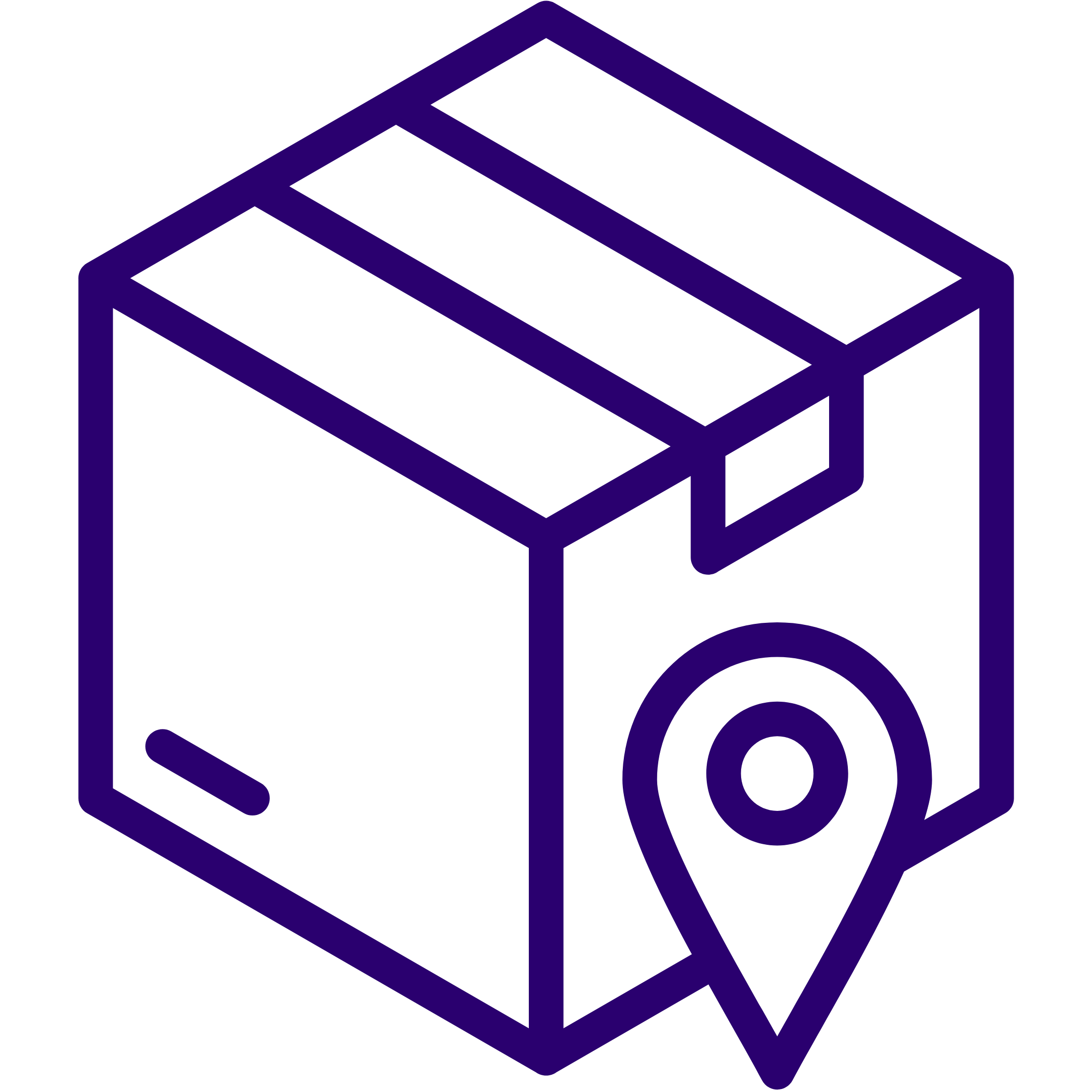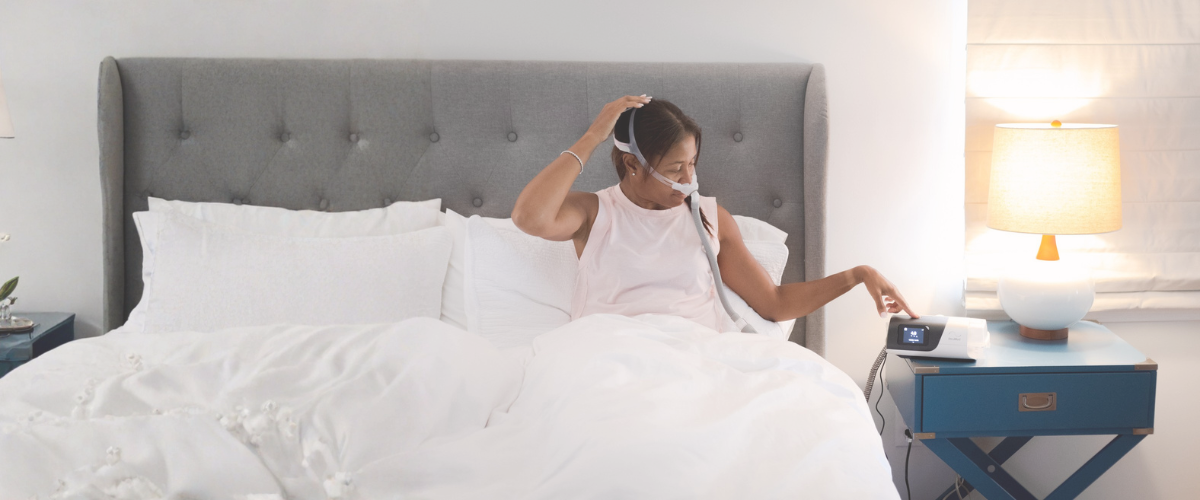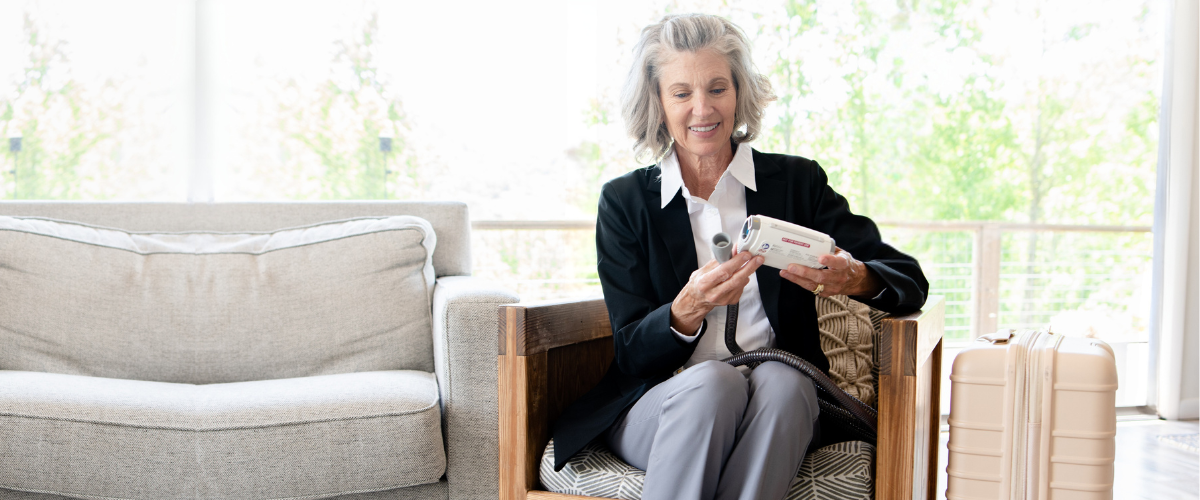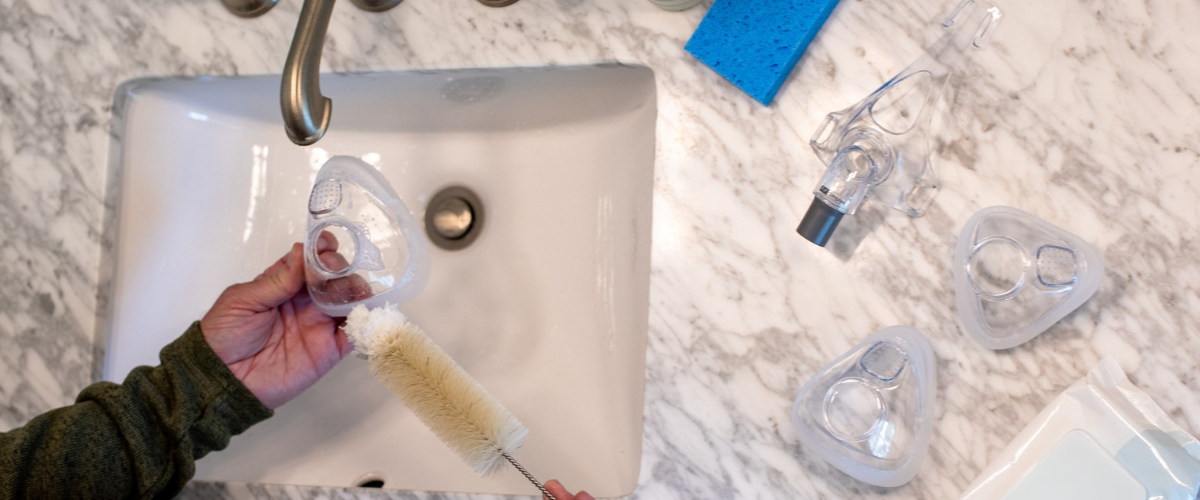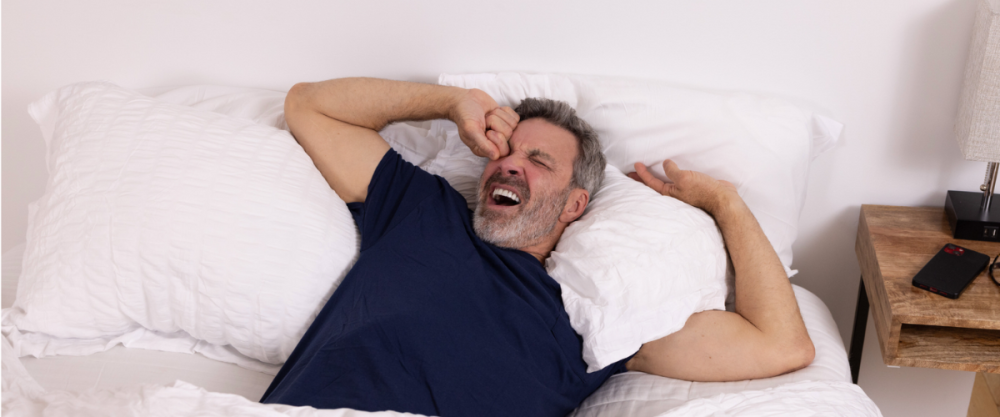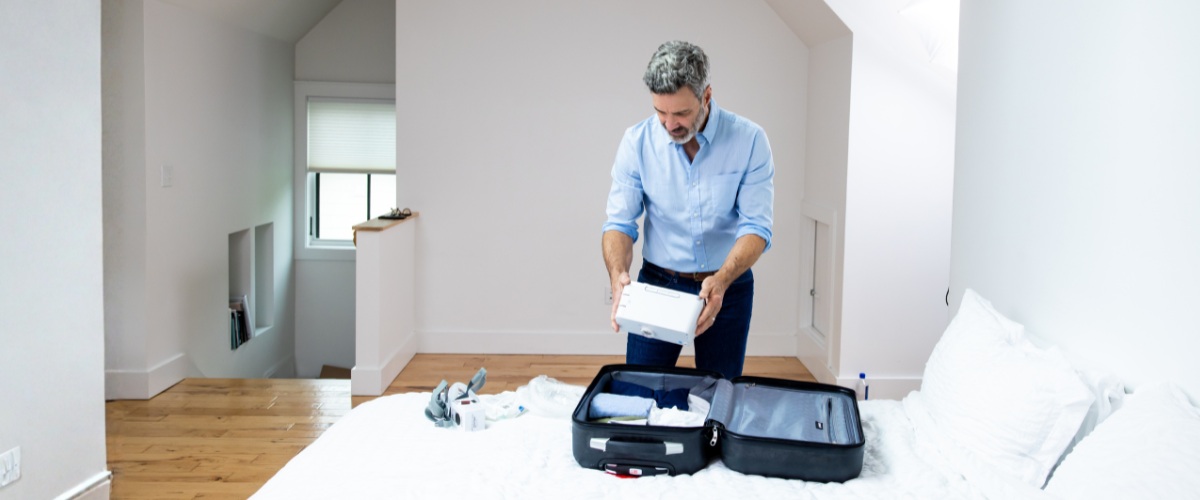
CPAP Battery Backups & Power Supply Options
With an estimated 6 million Americans currently using CPAP devices and CPAP therapy to treat their mild to severe sleep apnea and experience better sleep no matter where they go, the CPAP industry is now booming with new and innovative power solutions that have made sleep apnea treatment more accessible and much less daunting. Among the most ground-breaking items now available are power and portability options that allow CPAP users to keep their freedom and mobility.
Read more
Posted in CPAP Products, Product Info - Machines and Product Review/Comparison
![Why Pressure Settings Are Required for APAP Machines CPAP user in bed turning on an APAP machine to treat sleep apnea]()
Why Pressure Settings Are Required for APAP Machines
If you’re shopping for a machine to treat your central (CSA) or mild to severe obstructive sleep apnea (OSA), you may have noticed that your order can’t be completed without a prescription that includes pressure settings. Many customers wonder why this information is needed in order to purchase a machine, especially an “Auto” CPAP. So, why can’t an Auto-CPAP machine be purchased without your doctor writing in specific pressure settings on your prescription?
Read more
Posted in CPAP Products, Product Info - Machines and Product Review/Comparison
![]()
Beginner's Guide to CPAP Therapy
Continuous Positive Airway Pressure (CPAP) therapy is one of the most effective treatments for obstructive sleep apnea (OSA), a condition that causes repeated pauses in breathing during sleep. Beginning CPAP therapy can feel overwhelming at first, there’s new equipment to learn, routines to adjust, and expectations to manage. But with the right knowledge and mindset, CPAP treatment can transform your sleep and your overall health.
Within this blog, we explore the CPAP treatment entire journey, from getting started to long-term success so you know what to expect and how to make CPAP a comfortable, positive, and life-changing part of your routine. Starting therapy and thriving through it is possible, and we’re here to help with valuable CPAP tips.
Read more
Posted in CPAP Products, Product Info - Machines and Product Review/Comparison
![]()
The Ultimate ResMed AirMini User Guide: From Setup to Sleep
Not too long ago, traveling with sleep apnea meant sacrificing good sleep, proper OSA treatment, or packing extra luggage filled with bulky CPAP equipment. Now, 15 years after the first travel machine was introduced to the CPAP market, the ResMed AirMini AutoSet Travel CPAP Machine leads in portability, adaptability, and convenience. And while a travel CPAP device’s functionality is practically the same as those of a traditional home unit, travel machines have their own settings, supplies, and data management.
So, we’ve created the ultimate comprehensive AirMini user guide to help you navigate everything from purchase to part replacement.
Read more
Posted in CPAP Products, Product Info - Machines and Product Review/Comparison
![]()
How to Clean Your CPAP Supplies & CPAP Machine (And Why It’s Important)
Once CPAP therapy becomes part of your nightly routine, it’s time to take on another important habit: regular cleaning of your CPAP device and CPAP supplies. A proper cleaning routine doesn’t just protect your health, it can also improve the performance and extend the life of your equipment. With so many methods and products available, this guide will walk you through the most simple and effective ways to clean your CPAP machine and CPAP equipment and how to keep your supplies clean when you travel. Plus, we’ll cover the health risks of skipping regular maintenance and cleaning.
Read more
Posted in CPAP Products, Product Info - Machines and Product Review/Comparison
![]()
The Different Types of CPAP Masks: Which One Is Right for You?
If you've been diagnosed with obstructive sleep apnea and are starting CPAP (Continuous Positive Airway Pressure) therapy, the most important decisions you'll make are choosing the right CPAP machine, proper CPAP supplies, and the right CPAP mask. The most popular mask options are full face CPAP masks, nasal CPAP masks, and nasal pillow CPAP masks. But, if the common masks don't work for you, luckily there are other options, each designed for different needs.
This helpful blog can help with understanding the differences between them and help you identify the best CPAP mask for you for a more restful sleep.
Read more
Posted in CPAP Products, Product Info - Machines and Product Review/Comparison
![]()
BiPAP vs CPAP: Which One is Best?
One of the most common questions from those diagnosed with obstructive sleep apnea (OSA) looking for treatment is: “What’s the difference between CPAP and BiPAP, and which is better?”
Each device type works slightly differently, and understanding those differences can help you and your healthcare provider make the best choice for your needs. Learn more about the distinctions of each machine and help identify which is best for you with the help of this blog.
Read more
Posted in CPAP Products, Product Info - Machines and Product Review/Comparison
![CPAP treatment causing dry mouth]()
CPAP and Dry Mouth: Causes and 5 Practical Solutions
CPAP treatment can occasionally lead to uncomfortable side effects with one of the most common being dry mouth. If you’re consistently waking up with a dry mouth or sore throat after using your CPAP machine, you’re not alone. Fortunately, this issue is typically easy to resolve with the right adjustments, and sometimes a helpful accessory or two! In this blog we’ll cover the most common causes of CPAP-related dry mouth and offer practical solutions to alleviate the problem so you can get a restful sleep each night.
Read more
Posted in CPAP Products and Product Info - Machines
![]()
Determining Your Treatment: The Benefits & Drawbacks of Different PAP Machines , by CPAP supplies .
Obstructive sleep apnea (OSA) and central sleep apnea are common sleep disorders that affect millions of people worldwide. Thankfully, there are numerous treatments available to help you experience a restful sleep. Many of these solutions come in the form of different types of PAP devices and PAP machines as options for overarching PAP therapy. Each of these sleep apnea treatment devices are able to address the various needs that arise from sleep apnea — it’s just about finding the right solution for you!
Read more
Posted in CPAP Products, Product Info - Machines, Product Info - Home Sleep Tests, Product Review/Comparison, CPAP Education, Sleep Apnea, Sleep Apnea & Other Conditions, Sleep Disorders, CPAP Benefits and CPAP Side Effects
![]()
Camping With CPAP: Challenges and Solutions
Enjoying the great outdoors with the family is truly magical. With all the memories to make and views to see, don’t let your CPAP machine keep you inside. There are plenty of solutions that make it possible to manage your sleep apnea anywhere. With some planning, you can get the perfect night’s sleep no matter where you travel!
Read more
Posted in CPAP Products, Product Info - Machines, Product Review/Comparison and CPAP Education


